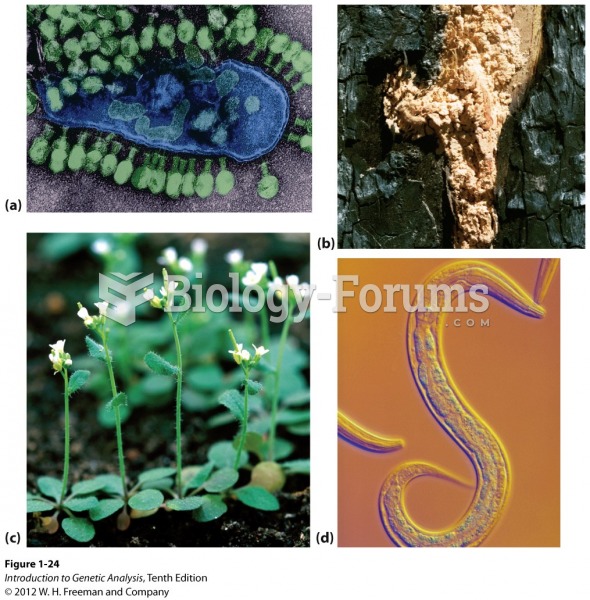Answer to Question 1
In suspension feeding, which is also called filter feeding, organisms use specially designed structures to filter plankton from seawater. For example, barnacles, which are sessile crustaceans, attach to hard surfaces and use their legs to strain passing food particles from the water. Clams bury themselves in sediment and extend siphons up to the surface. They pump in overlying water and filter from it suspended plankton and other organic matter. In deposit feeding, organisms feed on food items that occur as deposits. These deposits include detritusdead and decaying organic matter and waste productsand the sediment itself, which is coated with organic matter. Some deposit feeders, such as the amphipod Orchestoidea, feed on more concentrated deposits of organic matter (detritus) on the sediment surface. Others, such as the segmented worm Arenicola, feed by ingesting sediment and extracting organic matter from it. In carnivorous feeding, organisms directly capture and eat other animals. This predation can be either passive or active. Passive predation involves waiting for prey items and ensnaring them; an example of this is how a sea anemone feeds. Active predation involves seeking prey. Examples include sharks and the sand star Astropecten, which burrows rapidly into sandy beaches and feeds voraciously on crustaceans, mollusks, worms, and other echinoderms.
Answer to Question 2
Exceptions to the general pattern of low productivity in tropical oceans include: 1. Equatorial upwelling. Where trade winds drive westerly equatorial currents on either side of the equator, Ekman transport causes surface water to diverge toward higher latitudes. This surface water is replaced by nutrient-rich water from depths of up to 200 meters. Equatorial upwelling is best developed in the eastern Pacific Ocean.; 2. Coastal upwelling. Where the prevailing winds blow toward the equator and along western continental margins, surface waters are driven away from the coast. They are replaced by nutrient-rich waters from depths of 200 to 900 meters. This upwelling promotes high primary production along the west coasts of continents, which can support large fisheries.; and 3. Coral reefs. Organisms that comprise and live among coral reefs are superbly adapted to low-nutrient conditions, similar to the way certain organisms are adapted to desert life on land. Symbiotic microscopic algae living within the tissues of coral and other species allow coral reefs to be highly productive ecosystems. Coral reefs also tend to retain and recycle what little nutrients exist.







